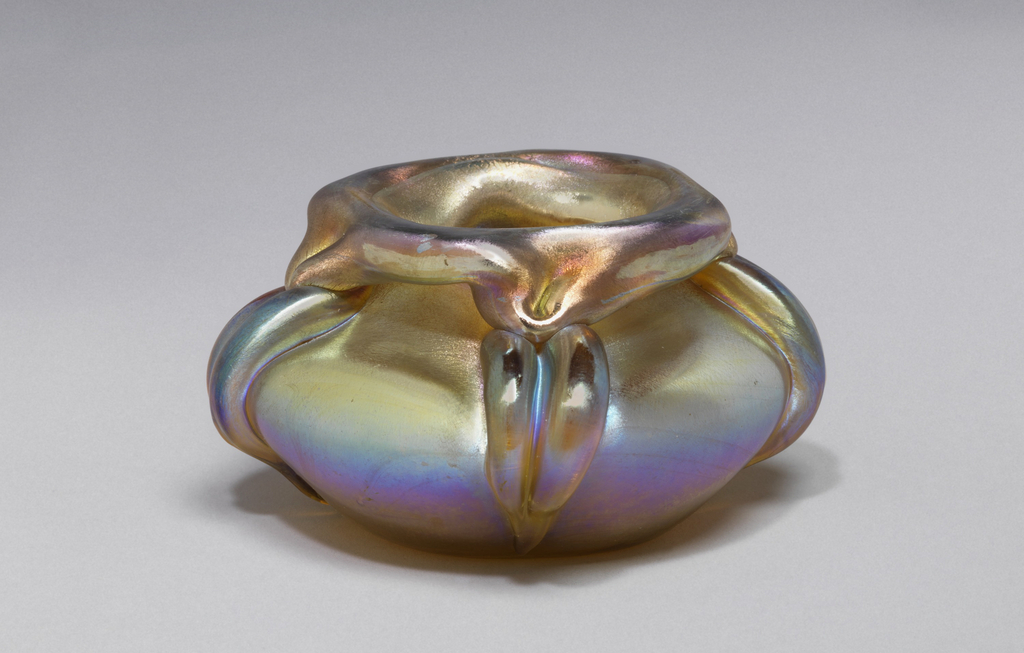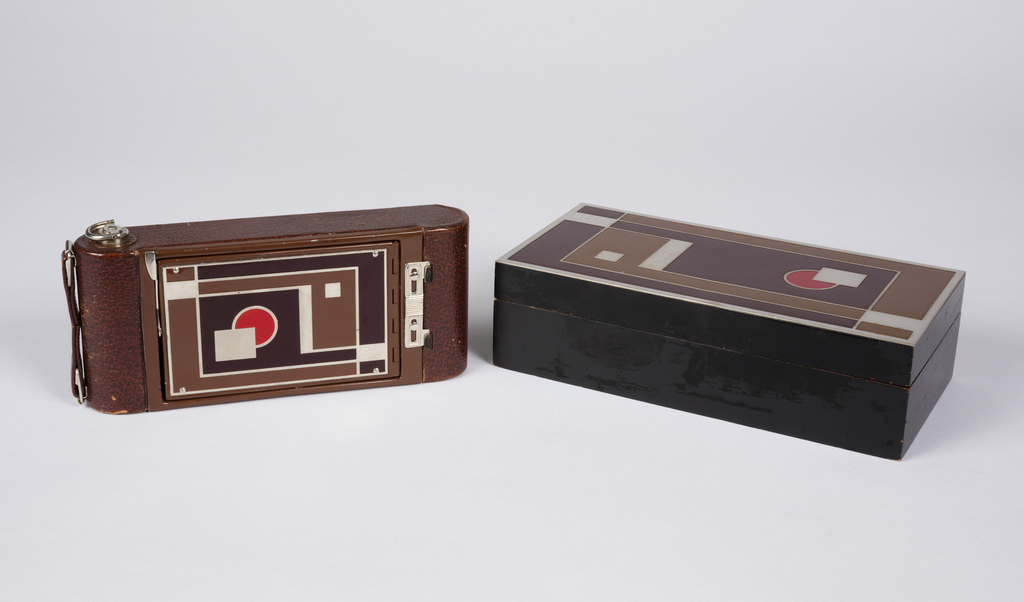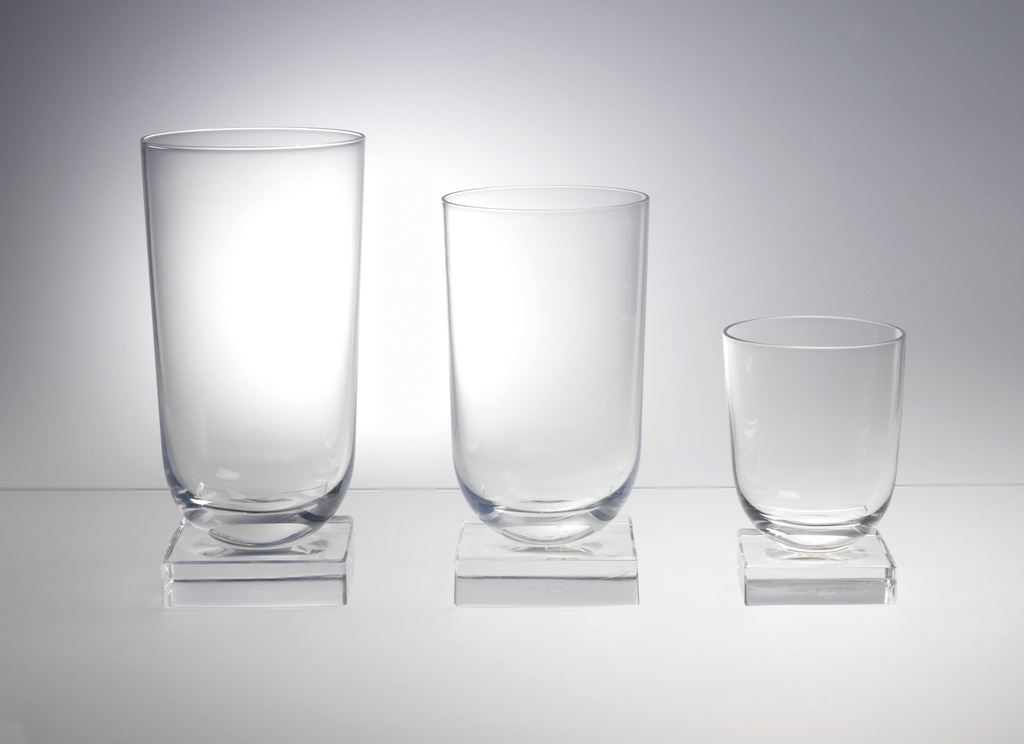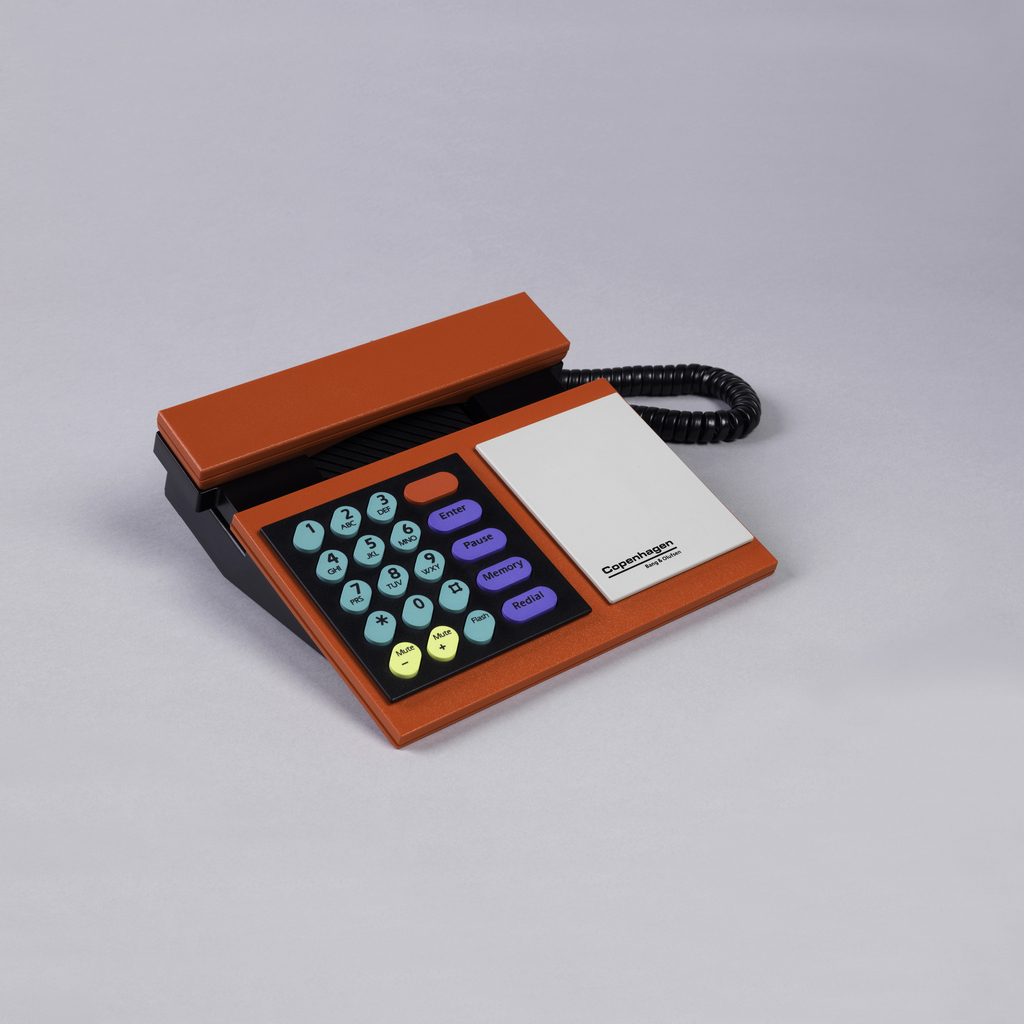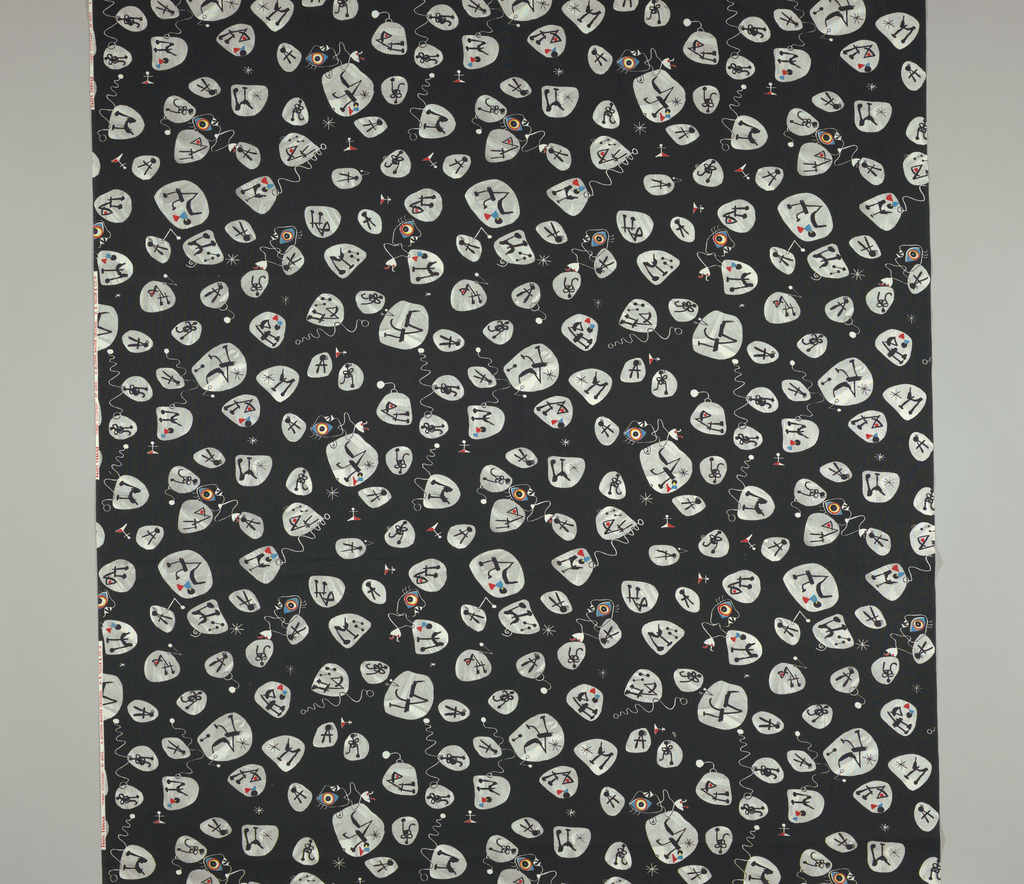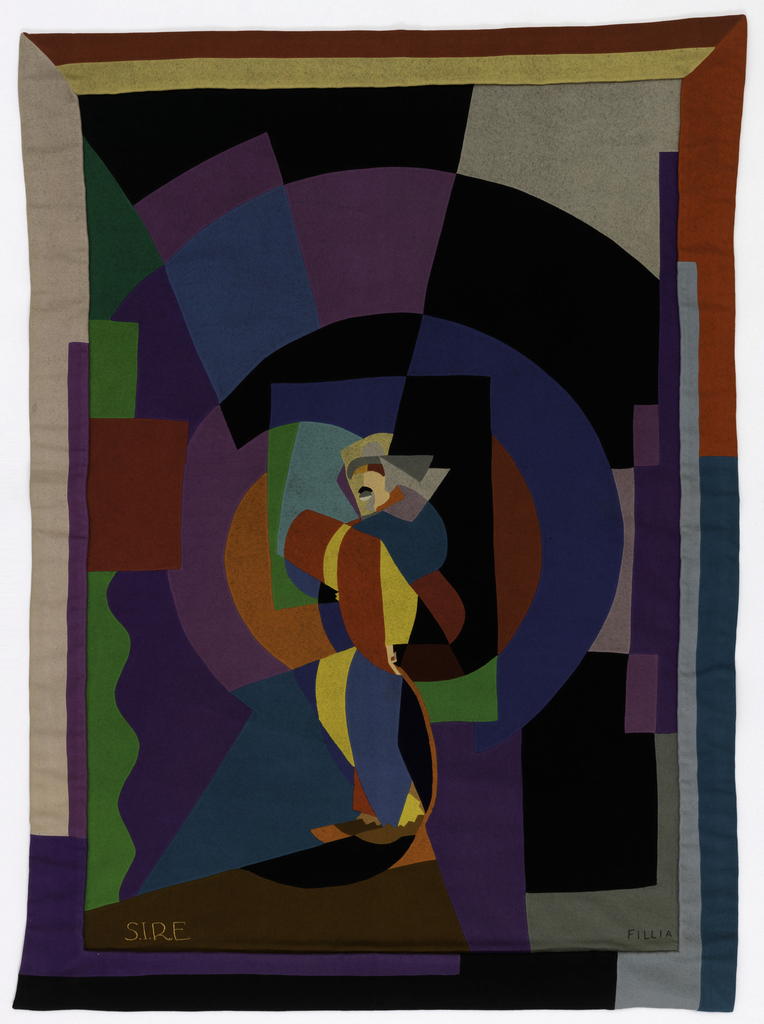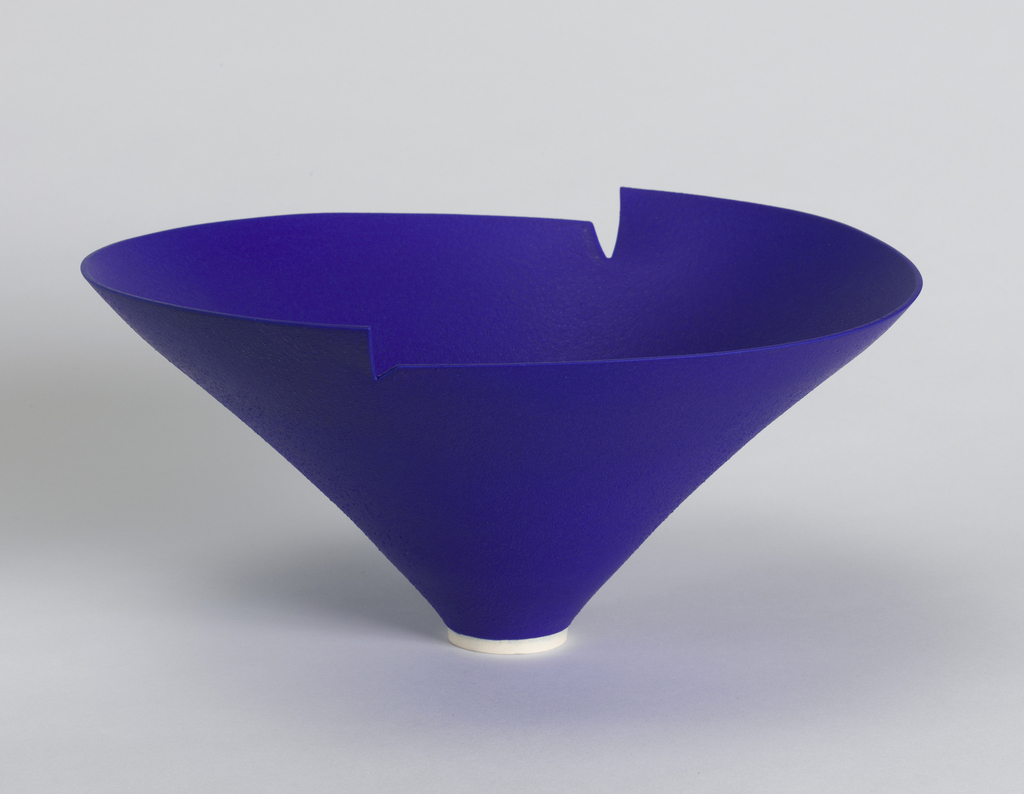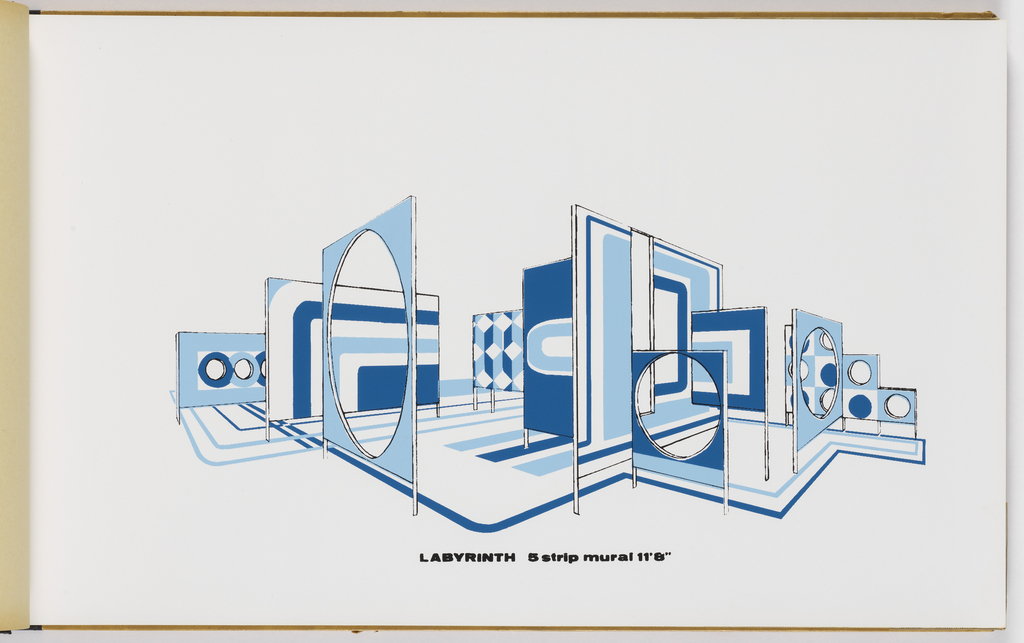Start the 2022 Year of Glass with a modern glassmaker inspired by ancient Roman models.
Walter Dorwin Teague was a well-established industrial designer by 1928, when the Eastman Kodak Company, engaged him to modernize their line of cameras. Kodak sought Teague based on recommendations by curators from the Metropolitan Museum of Art. Having no prior experience in camera design, Teague undertook the assignment after Kodak agreed that he could spend...
During the height of the Great Depression, Libbey Glass Company, a commercial glass manufacturer based in Toledo, Ohio, released several new lines of stemware including this Knickerbocker set. The 1933 Libbey Glass catalog heralded this introduction of products as a “New Era of Glass” and promoted these objects as “the highest point that has yet...
Throughout the late 1980s and early 1990s, the design team and one-time couple Gideon Löwy and Lone Lindinger-Löwy created a series of telephones called BeoCom, made for the Danish consumer electronics manufacturer Bang & Olufsen. The prefix “beo” is standard for all of Bang & Olufsen’s major products and the ending references the device’s purpose:...
In 1953, Dan Fuller, president of Fuller Fabrics, invited five of the 20th century’s most distinguished artists: Pablo Picasso, Fernand Léger, Marc Chagall, Joan Miró, and Raoul Dufy, to collaborate on a line of textiles to be called the Modern Master Series. The concept was unique in that the artists were not commissioned to produce...
The concept of “eternal” style is a bit of an oxymoron, after all, many of today’s producers and designers roll out new and improved models on a regular basis. Thinking about cars, phones, and electronics it is easy to fall prey to the idea that everything is expendable and that each new item is better...
This object was featured in Object of the Day on Feb. 10, 2015, and has been recently updated with new cataloging information. Fillìa was the adopted name of Italian Futurist artist Luigi Colombo (1904–1936). Fillìa’s association with the Futurists began with the second generation that rose to prominence during the 1920s. This next wave of...
To celebrate the opening of Saturated: The Allure and Science of Color (May 11, 2018-January 13, 2019), Object of the Day this month will feature colorful objects from the exhibition. Elsa Rady, an American ceramicist, created works in porcelain that bridge craft and fine art, recalling Walter Gropius’ Bauhaus philosophy that the craftsperson and artist are one-in-the-same....
Labyrinth is from a collection of murals ranging from traditional ruins and landscapes to more modern styles, or should I say mod? I love all the different wall surfaces, each decorated with a different pattern, and the circular cutouts that really open up the design. This page from the book is a miniature of the...
